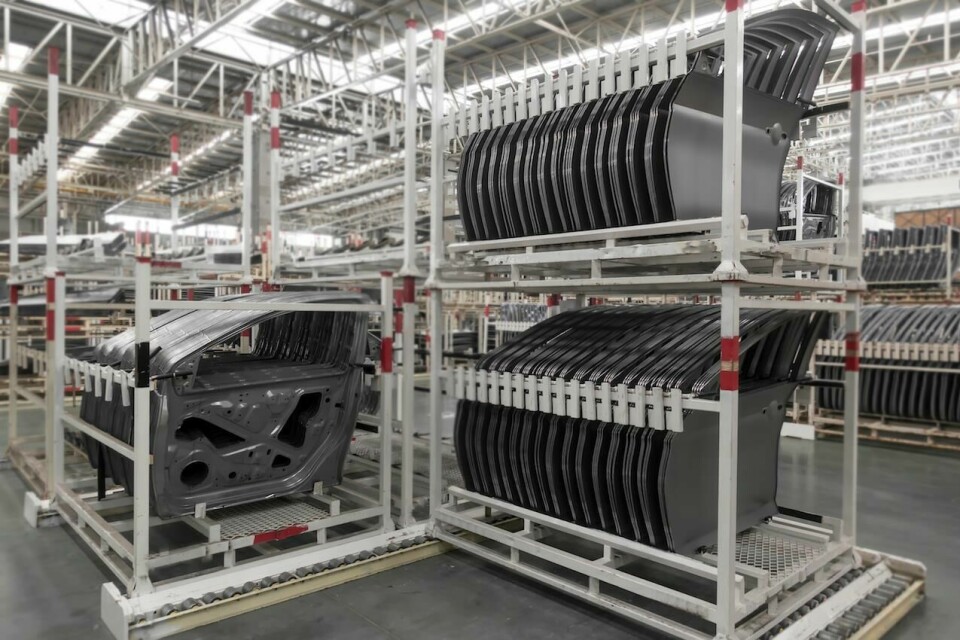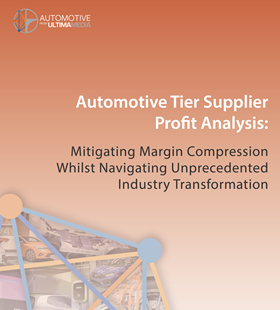Part and parcel of the problem: why tier 1 supplier logistics will face a squeeze
As OEMs and automotive parts suppliers see their margins decline, cost pressures are going to increase on logistics operations and service providers further down the supply chain
As the automotive industry continues to see vehicle volumes contract and pressure on costs rising, a further squeeze is likely for supply chain and manufacturing operations, not just for OEMs but particularly among tier 1 suppliers.
The impact could be difficult for logistics service providers that serve tier suppliers, with a race to the bottom in price. However, it will also provide opportunities for those companies able to increase logistics efficiency, for example in inventory reduction, effective transport network design and returnable packaging.
In our latest report, which analyses the profits and strategies of the top 20 global automotive suppliers (download a full copy free here), a clear trend is that parts manufacturers in particular are looking to cut costs where they can without harming investment in their core business – and especially in their R&D spend and product portfolios. Peripheral services such as component logistics are an obvious area to achieve cost savings.
Third party and other logistics service providers will be expected to achieve the same delivery performance but at a lower cost, as freight and shipping rates are likely to come under further pressure.
In some cases, better IT visibility and logistics network design will allow such optimisations. In interviews with automotive suppliers, executives pointed to the importance of effective transport network design, especially in assessing how the supplier base will evolve over the next several years.
“Supply chain network design has grown from an initial concept to a standard process and database, where the divisions and most of the business units can see today what their supply chain network design is going to look like over the next five years,” said one executive from Robert Bosch, the largest global automotive supplier.
However, there are cases when cost cuts will have unavoidable consequences and will impact logistics decisions. Multimodal logistics methods, for example, may need to be re-assessed, with transport services that reduce reliability more likely to be avoided. Widespread rail strikes in France over pension reform, for example, as well as rail bottlenecks in North America, are examples where manufacturers are likely to shift more freight to road.
At the same time, even more focus may be put on avoiding expensive air freight for time critical deliveries. Those providers who are able to use data and tracking to avoid unplanned shipments are likely to be those that gain market share.
But whilst transport mode and rates are likely to be impacted, many tier 1 suppliers will look to providers and partners who can help them remove waste more permanently from the supply chain. Managing inventory levels and warehousing costs, for example, will be examined with razor-focus precision.
Optimising an evolving supplier network will be particularly important as automakers and automotive suppliers ramp up development and production of hybrid and electric vehicles. This could lead not only to new supplier locations and services, notably around electric battery supply chains, but also to higher value components being transported. Due to the weight of batteries, battery production should ideally occur close to OEM assembly, and this could result in shorter supply chains.
Tier suppliers will need to cut logistics costs. But as these companies often lack the internal resources to manage their entire supply chain in-house, they are likely to value those logistics providers most which are able to design services that evolve with their changing footprints and business.







